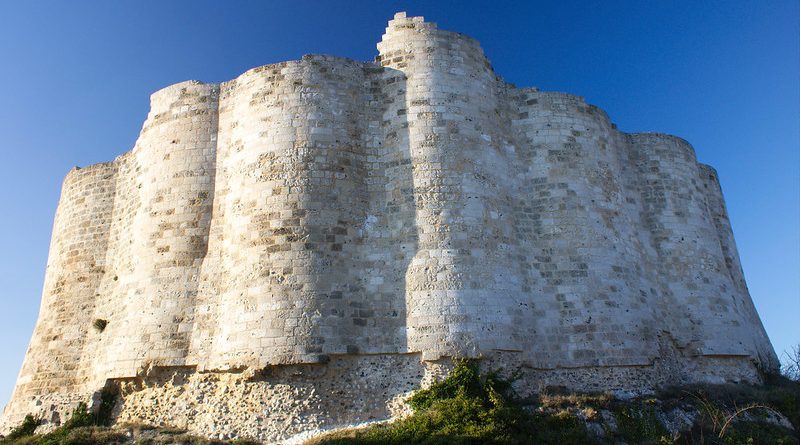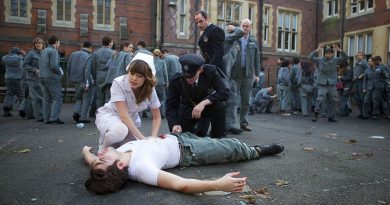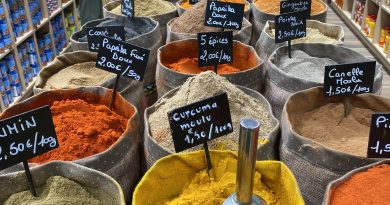Chateau Gaillard: the fortress of Richard the Lionheart
Chateau Gaillard is an impressive 12th century stronghold built by Richard the Lionheart, King of England and Duke of Normandy.
Erected in one year on a hill commanding the river Seine in Normandy , Chateau Gaillard was the key building of the vast defence system closing the access to Normandy.
It seems hard to believe that the construction of this massive stronghold was completed in one year. Over 6,000 labourers had to work relentlessly to achieve such a feat. Construction began in 1197 and was completed in 1198. Richard-who had spent a huge amount of money on it-could then exclaim: “How beautiful she is, my one-year-old daughter! What a ‘gaillard’ (well fortified) castle!”
The fortress was meant to impress King Philip Augustus of France, whose lands were only ten kilometers away. Chateau-Gaillard was the stronghold intended to prevent him from invading Normandy.
Château Gaillard was ahead of its time, featuring innovations that would be adopted in castle architecture nearly a century later . It was described as “one of the finest castles in Europe- a masterpiece of its time” The reputation of its builder, Cœur de Lion, as a great military engineer might stand firm on this single structure. Richard was no mere copyist of the models he had seen in the East, but introduced many original details of his own invention into the stronghold”.
Richard saw his castle completed, but the intrepid warrior did not see it fall, having died just a year later, on April 6, 1199. Richard took no heed that it was Lent-a time when fighting is forbidden- and attacked the castle of Chalus, near Limoges. He was wounded in the shoulder by a crossbow bolt shot by a defender of the castle and succcumbed 13 days later.
His brother John succeeded him. John’s first move was to sign a treaty with Philip Augustus acknowledging that he was the French king’s vassal for all his fiefs except England. The sly Philip Augustus was farsighted. He would have the right to confiscate the lands of his vassal if the latter behaved badly.
As soon as 1202. John was judged in absentia by the French nobility for disobedience to the King and sentenced to seizure of all his belongings.
There only remained to enforce the verdict: Philip Augustus launched the conquest of Normandy
Normandy Becomes French
Once Chateau-Gaillard had surrendered, Philip Augustus was free to invade the fiefs of the Plantagenets, which spread southward as far as the Pyrenees and the Auvergne. In 1204, Normandy was made part of the Kingdom of France.
The castle was repaired and still played a defensive role, especially during the Hundred Years’ War, passing from one side to the other several times.
Henri IV eventually had it demolished at the end of the 16th century, after a two-year siege, allowing monks who dwelt nearby to take stones to repair their abbeys.
Today, the ruins of France’s finest and most famous stronghold still exert a strong evocative force. Visiting botanists may notice peculiar flowers on the site. Some of the plants were brought back from the East by the Crusaders. They became acclimatized and have been reproducing there for centuries.




